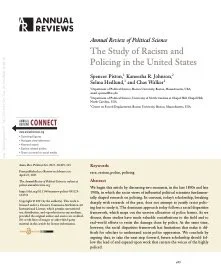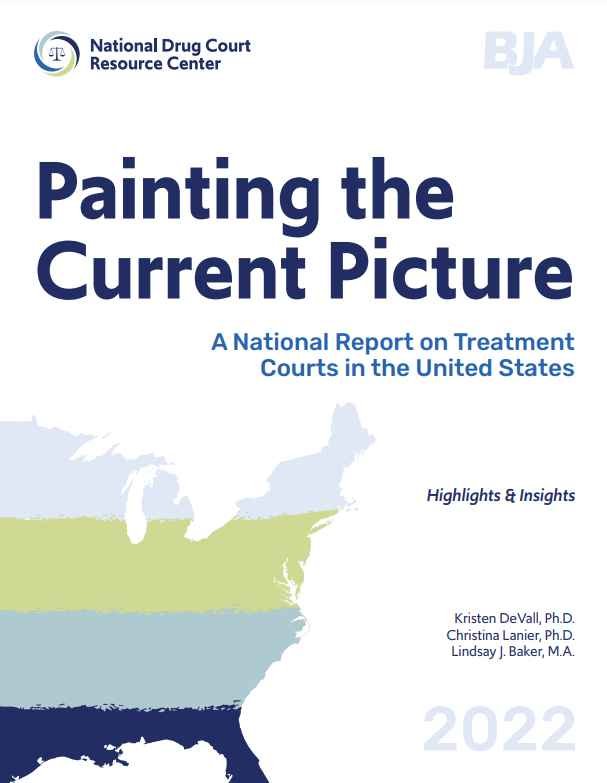By Emilie Bruzelius and Silvia S. Martins
Recreational cannabis laws (RCL) in the United States (US) can have important implications for people who are non-citizens, including those with and without formal documentation, and those who are refugees or seeking asylum. For these groups, committing a cannabis-related infraction, even a misdemeanor, can constitute grounds for status ineligibility, including arrest and deportation under federal immigration policy—regardless of state law. Despite interconnections between immigration and drug policy, the potential impacts of increasing state cannabis legalization on immigration enforcement are unexplored.
Methods
In this repeated cross-sectional analysis, we tested the association between state-level RCL adoption and monthly, state-level prevalence of immigration arrests and deportations related to cannabis possession. Data were from the Transactional Records Access Clearinghouse. Immigration arrest information was available from Oct-2014 to May-2018 and immigration deportation information were available from Jan-2009 to Jun-2020 for. To test associations with RCLs, we fit Poisson fixed effects models that controlled for pre-existing differences between states, secular trends, and potential sociodemographic, sociopolitical, and setting-related confounders. Sensitivity analyses explored potential violations to assumptions and sensitivity to modeling specifications.
Results
Over the observation period, there were 7,739 immigration arrests and 48,015 deportations referencing cannabis possession. By 2020, 12 stated adopted recreational legalization and on average immigration enforcement was lower among RCL compared to non-RCL states. In primary adjusted models, we found no meaningful changes in arrest prevalence, either immediately following RCL adoption (Prevalence Ratio [PR]: 0.84; [95% Confidence Interval [CI]: 0.57, 1.11]), or 1-year after the law was effective (PR: 0.88 [CI: 0.56, 1.20]). For the
deportation outcome, however, RCL adoption was associated with a moderate relative decrease in deportation prevalence in RCL versus non-RCL states (PR: 0.68 [CI: 0.56, 0.80]; PR 1-year lag: 0.68 [CI: 0.54, 0.82]). Additional analyses were mostly consistent by suggested some sensitivities to modeling specification.
Conclusions
Our findings suggest that decreasing penalties for cannabis possession through state RCLs may reduce some aspects of immigration enforcement related to cannabis possession. Greater attention to the immigration-related consequences of current drug control policies is warranted, particularly as more states weigh the public health benefits and drawbacks of legalizing cannabis.
BMC Public Health volume 24, Article number: 936 (2024)



















